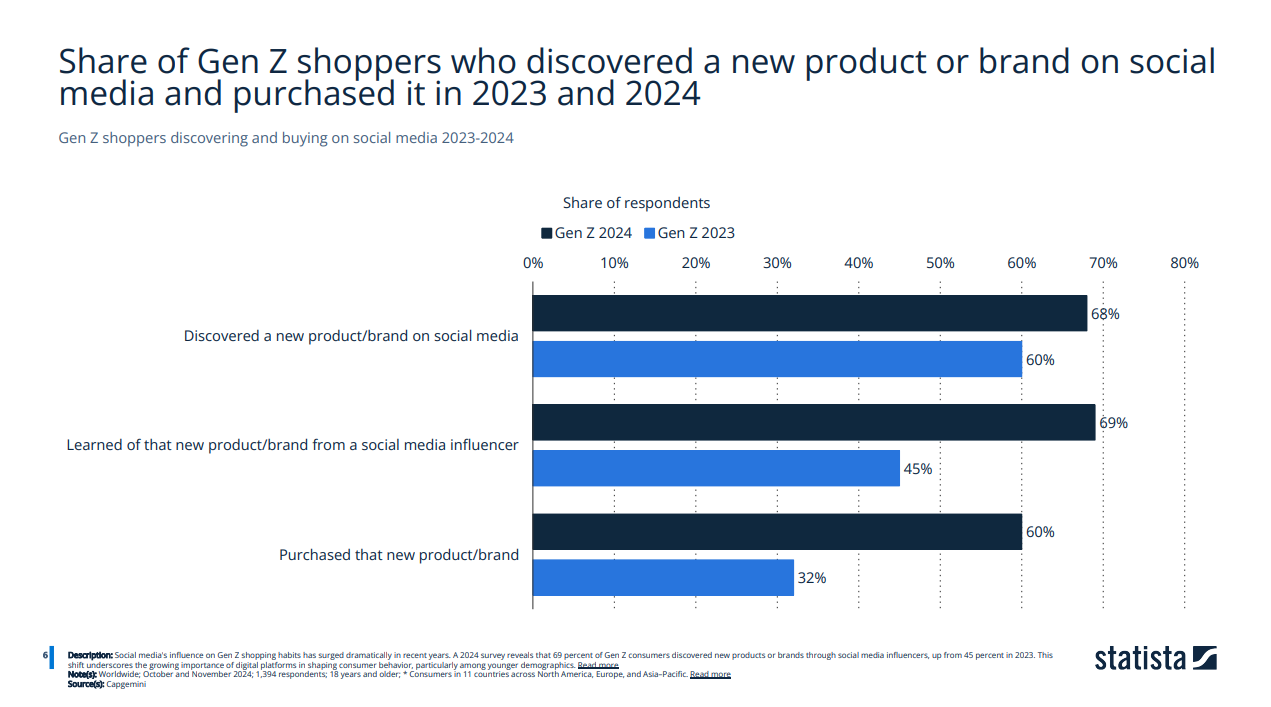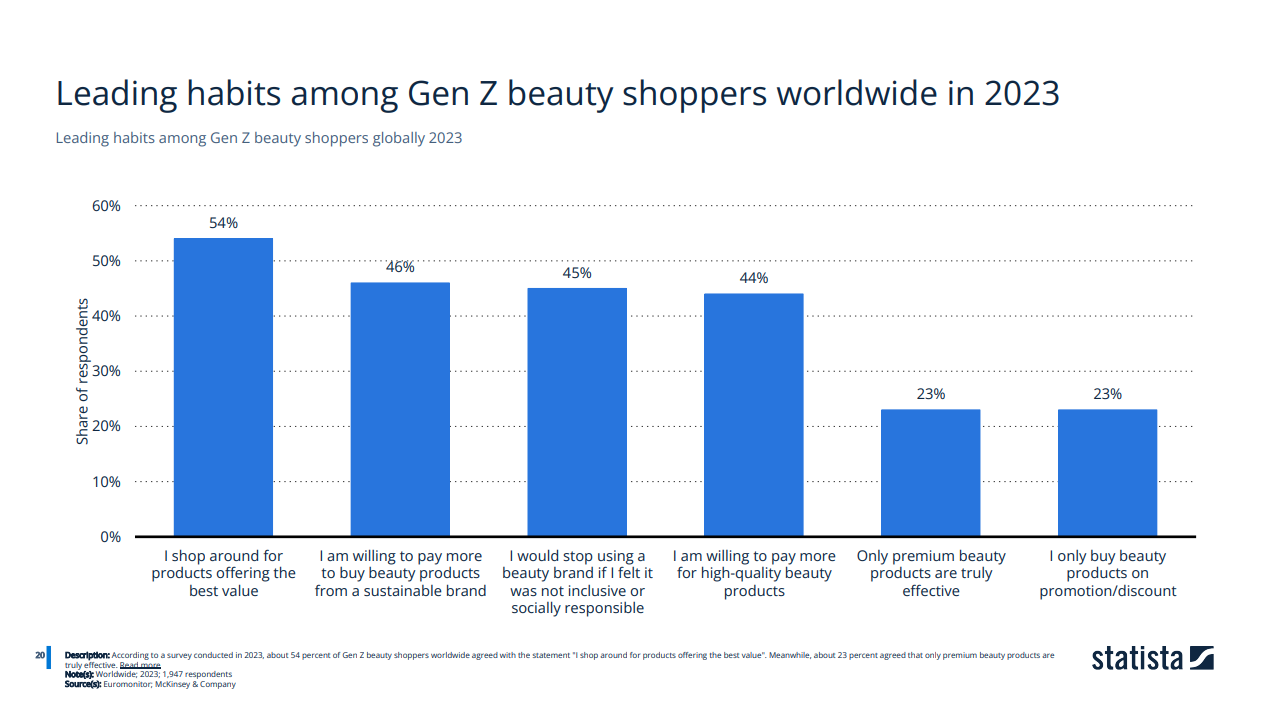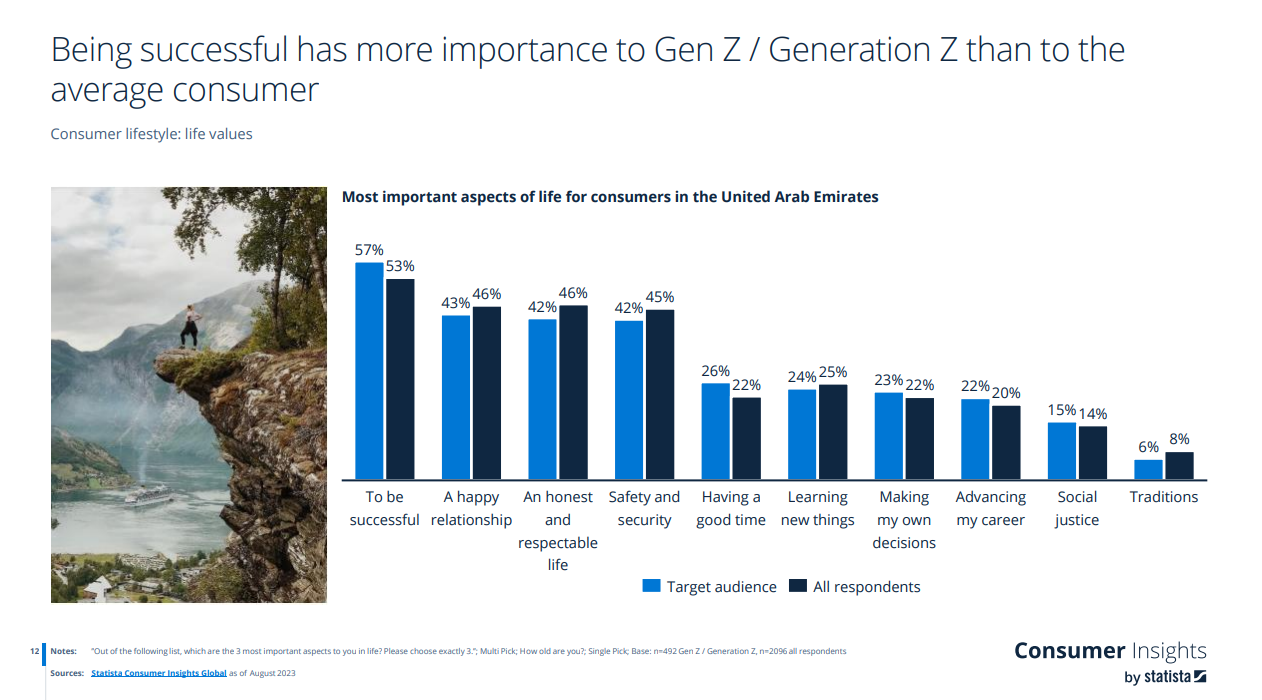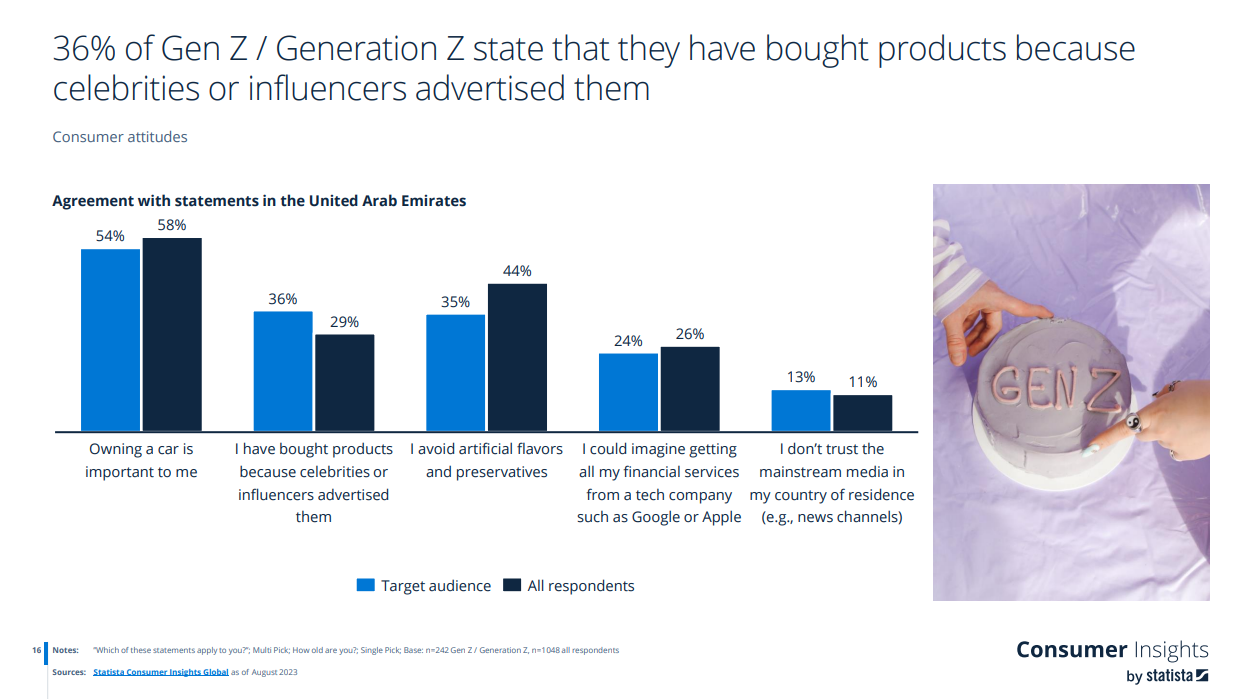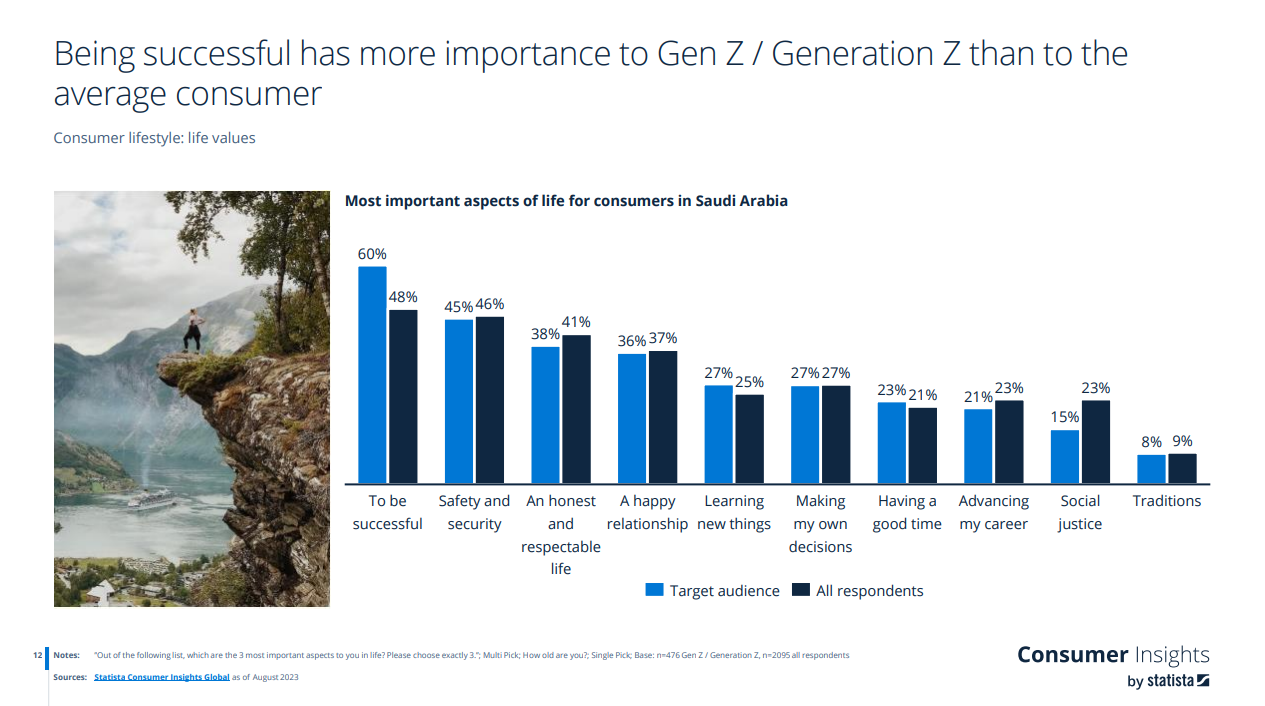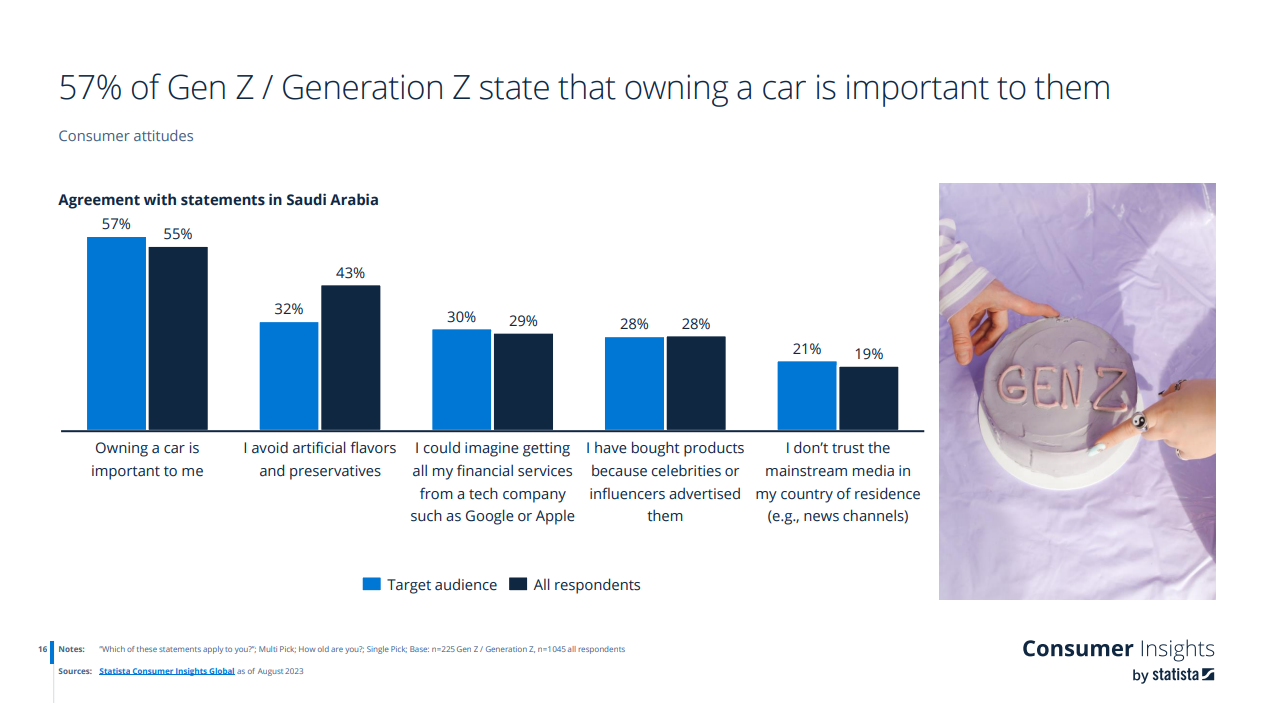Gen Z In Their Own Frame: Power, Pressure, & What They Actually Want
🎧 Not a reader? You can listen to the full audio version
Introduction: Why Gen Z isn’t “just young” anymore
They’re not kids. Some are paying rent, raising tiny families, launching side hustles, and consuming with full wallets.
Globally, Gen Z is ~25% of the population.
In 2024, they account for ~17.1% of global spending, not fast, but real
Their future spending power is massive: projected to hit $12 trillion by 2030.
Think about that: a quarter of humanity, carrying nearly a fifth of the market weight, but only beginning to flex their earning legs.
They already live differently:
Many are in small, nuclear households or early-stage “micro families.”
They reject being lumped with Millennials or Boomers, they loudly declare they’re not them.
Their life decisions (housing, marriage, parenting) get delayed or redefined.
That’s why you can’t talk about them. You’ve got to step into how they think.
So, before we pull stats, let’s pry into psyche. What’s happening behind the filters.
Gen Z isn’t a mystery. They’re the first generation raised with a screen as a mirror, one that reflects, distorts, and documents everything.
They don’t “go online.” They exist there. They build worlds out of stories, screenshots, and subtle signals. They’ll follow a brand that feels human, unfollow one that feels staged, and never forgive you if you fake it.
For decades youth studies have been tracking how young people across cultures live, shop, and work. But numbers only scratch the surface. What really shapes Gen Z is how they see themselves, and what they’re quietly afraid to admit.
Part I: The Psyche That Moves Them
1 | They crave realness but live in performance
They grew up watching “authentic” become a trend. So now, they look for proof, not promises. They trust creators because they feel human, not because they’re polished. They’ll forgive imperfection, but not pretense.
That’s why unfiltered moments, the bad lighting, the behind-the-scenes, the small talk before the pitch, build more trust than any ad ever could.
2 | They don’t hate ads, they hate being tricked
Gen Z has what psychologists call a privacy calculus: they’ll share data if they get something real back, faster recommendations, better suggestions, real convenience. They don’t mind personalization; they mind manipulation.
The rule is simple: make the trade fair. If they know why you’re asking and can turn it off anytime, they’ll usually say yes.
3 | They want purpose, but also a paycheck
Forget the “change-the-world” clichés. Gen Z wants to do useful work. They want to see progress. They’ll pick a company that gives them autonomy, growth, and a manager who listens over one with a ping-pong table any day.
They link meaning with learning, not slogans.
4 | They’re both rebels and realists
This generation is built on contradictions. They love a #dupe one day and a quiet-luxury splurge the next. They experiment cheap, then invest where it matters.
It’s not inconsistency, it’s strategy. They test the waters before they commit. And they customize everything: clothes, tech, even coffee orders.
If your brand gives them tools to co-create, they’ll stay. If you just hand them a finished product, they’ll tweak it anyway.
5 | Their minds are tired, but sharp
Gen Z is overstimulated but self-aware. They make hundreds of micro-decisions a day and lean on communities to help them choose. It’s not laziness. It’s survival.
They crowd-source confidence. Creators and small peer groups act like filters, “If they liked it, I’ll try it.” If your brand helps reduce their decision fatigue, you’re already adding value.
Part II: UAE, Fast pace, High Standards, The Game of Precision Under Pressure
Everything moves fast here, ambition, competition, regulation. Gen Z in the UAE is sharp, confident, and deeply informed. They’ve grown up surrounded by innovation, so they expect it.
Status through skill. They respect quality and craft more than hype.
Trust through transparency. They want clear claims, clear delivery, and brands that play by the country’s strict media rules.
Creators as guides. The best influencers here don’t sell, they explain.
Sustainability as function. “Eco” matters only when it lasts longer or saves time.
Part III: Saudi Arabia | Ambition Meets Anxiety
Saudi Gen Z is the heartbeat of Vision 2030. They’re young, hungry, and wildly ambitious, but they also fear public failure. The country is transforming fast; social norms are catching up in real time.
Risk with safety nets. They’ll try new things if failure doesn’t follow them home. Offer “try and return” options, transparent service, and no-shame refunds.
Local trust. Arabic UX, local payments, clear delivery promises = comfort.
Community over broadcast. They prefer private groups (Discord, Telegram) to public comment sections.
Gaming mindset. Test, upgrade, level up. If your brand helps them progress, they’ll stay.
Sustainability as durability. It’s not moral, it’s practical. Fewer hassles, longer life, better value.
Part IV: What This Means For Brands & What You Can Actually Do With This:
1 | Be real, not loud. Consistency beats polish.
Gen Z can smell performance. They grew up decoding filters and brand theater. Loud doesn’t mean confident to them, it means you’re trying too hard. Real is steady. It’s showing up the same on good days and bad ones. It’s an unedited founder story, a slightly imperfect video, a “we’re fixing this” post instead of silence. They reward steadiness because the internet is already noisy enough.
👉 If you can’t be first or fanciest, be consistent. It feels safer to them, and safety is the new luxury.
2 | Show receipts. Explain what you do, how you do it, and why it matters.
This generation doesn’t believe “trust us.” They believe screenshots, proof pages, and real-time process. If you’re sustainable, show the chain. If you’re ethical, show the policy. If you’re expensive, show the value that justifies it. The fastest way to build credibility is to narrate what most brands hide: the messy middle.
👉 Receipts turn marketing into mentorship, “here’s how we actually did it.”
3 | Design for low effort. Every second of friction costs trust.
Gen Z’s patience lives in milliseconds. Clunky checkouts, hidden shipping fees, slow replies, instant red flags. They equate ease with respect. If you make them work too hard, they’ll assume you don’t care.
👉 Audit your process: fewer clicks, faster replies, one-tap clarity. Smooth isn’t luxury UX, it’s basic decency.
4 | Let them personalize. Give tools, not templates.
They want to remix what they buy, to imprint identity on what’s standard. A color tweak, a label, a quote on packaging, small touches turn ownership into pride. Customization tells them you see them as individuals, not demographics.
👉 Build frameworks, not finished products. Leave room for their fingerprints.
5 | Be clear in the ask. If you want data, say why and show the payoff.
Gen Z is done being mined. They’ll share data if you tell them how it benefits them now. Transparency converts faster than manipulation. “Share your preferences to get early drops” works better than “We respect your privacy” buried in fine print.
👉 Ask openly, deliver instantly, and give them an easy “no” button.
6 | Create with mod space. Let them tweak, personalize, co-create.
In digital culture, ownership equals participation. They want to co-build stories, not consume them. Invite them into your creative process: polls for next colors, name-the-product contests, beta groups. When they shape the outcome, they’ll defend it.
👉 Control kills culture. Collaboration feeds it.
7 | Offer soft landings. Returns, trials, safe paths.
Public failure is still expensive for Gen Z, especially in cultures where reputation sticks. Trial periods, no-judgment returns, and repair guarantees create safety nets for trying new things. Safety breeds experimentation, and experimentation breeds loyalty.
👉 Make “try and see” your default promise.
8 | Give micro missions. Small steps toward mastery, not big leaps.
They crave progress they can measure, a streak, a badge, a new skill unlocked. Micro missions turn your product into a journey: day-by-day wins instead of someday goals. It’s dopamine plus development, the formula every app, course, and game gets right.
👉 Let them build momentum in public. Small wins shared become social proof.
9 | Switch the edge from moralizing to pragmatic. Make sustainability useful first.
They don’t want preaching. They want practicality. If your product lasts longer, saves energy, or simplifies recycling, lead with that. The moral halo can follow, but usefulness is the hook.
👉 Position “green” as smart design, not self-righteous virtue.
10 | Lean into communities. Private groups, creator forums, peer networks.
Gen Z doesn’t gather on stages; they gather in DMs, Discords, and niche spaces. They want intimacy, not exposure, small circles where they can share unfiltered opinions. Brands that build those circles, moderated, safe, inclusive, earn daily relevance instead of fleeting virality.
👉 Stop chasing reach. Build belonging.
11 | Help them grow. Whether it’s a skill, an idea, or a side hustle, feed that.
They don’t want followers; they want momentum. Any brand that helps them get better, in confidence, creativity, or craft, becomes part of their story. Teach them, guide them, give them tools to grow their own platform.
👉 The most magnetic brands are the ones that make their audience more powerful.
12 | Make sustainability feel smart, not saintly.
For Gen Z, sustainability isn’t about guilt; it’s about intelligence. They’ll choose the option that feels efficient, elegant, and future-proof, not the one that shames them into virtue. Show how your choices make their life easier or longer-lasting, and you’ve already sold the value.
👉 The greenest message is: “this simply works better.”
Closing: The Gen Z Shift Isn’t About Youth, It’s About Power
Gen Z is loud, soft, hopeful, skeptical, all at once. They demand proof and promise. hey aren't trying to be different, they are different, and in the Gulf, that tension plays differently across cities and cultures. In the UAE: speed, clarity, creation. In Saudi: ambition with cover, growth with grace.
If your brand can enter their world humbly, transparently, and with space to belong, then you’ll move from selling to them, to growing with them.
🤔 Where do you feel Gen Z’s fingerprints, in what they buy, or what they refuse to buy?
📍 Tag someone in your network who’s trying to decode this generation
♻️ If this made you pause, share it forward
And if you’re ready to go deeper, to translate Gen Z’s psyche into product, strategy, or storytelling, I’d love to talk. If this hit home, you’ll love my weekly Inside Out drop: decoded thoughts and growth hacks on business, entrepreneurship, wellbeing & winning in Life. Sign up today.


